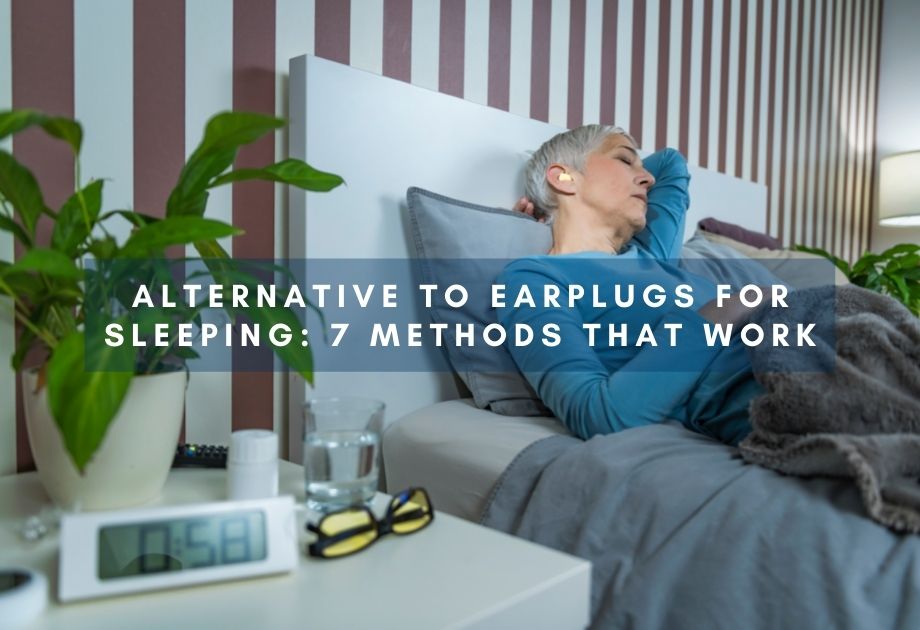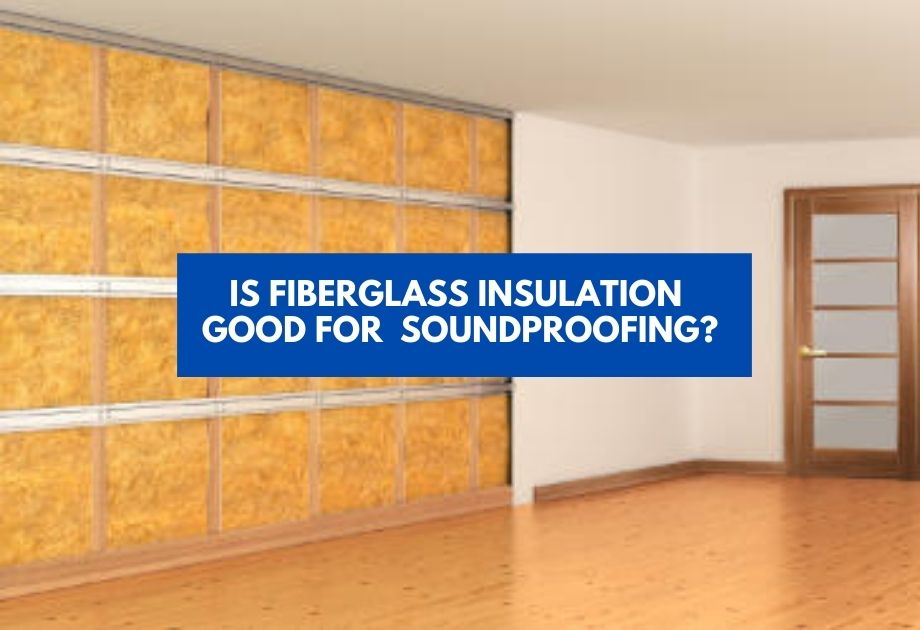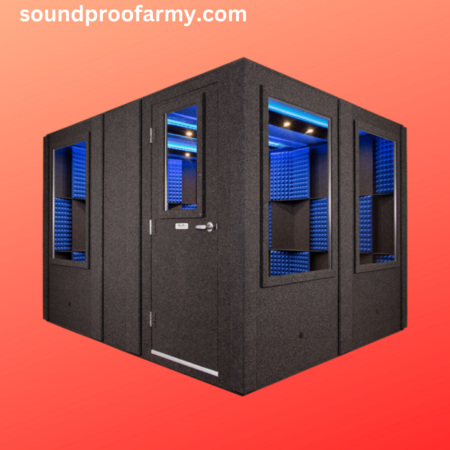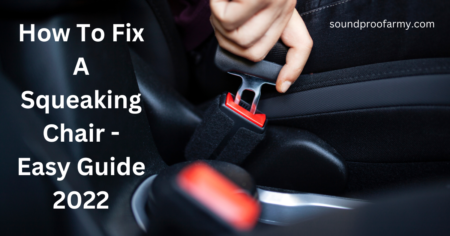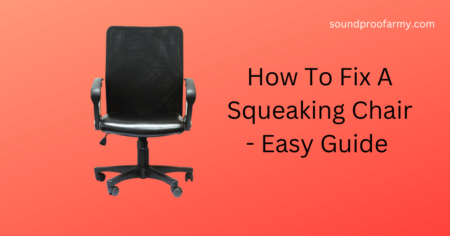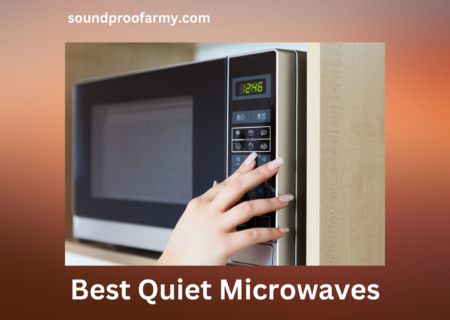Noise can have detrimental effects on our health and mental well-being, which is why people are coming up with ways to reduce it. What if we tell you, how to make noise-canceling system for home through DIY Tips. Isn´t it interesting?
- Soundproof The Doors
- Soundproof the Window
- Soundproof the Walls
- Soundproof Ceiling and Floor
- Creating Noise Barriers
- Get a White Noise Machine
There are many different types of soundproofing materials available to help reduce noise from entering or exiting a room. Each type has its own strengths and weaknesses when it comes to reducing sound levels.
Soundproofing materials fall into two general categories: passive and active sound control methods.
Active methods, such as soundproofing systems for the home, have more flexibility and can be used in both cases where outside noise is coming into the space and when it’s emanating from inside of it.
Table of Contents
How to build a noise cancellation system for the home?
It is very important to inform you that reducing/cancellation of unwanted sounds may need a lot of time and work, depending on the amount of sound you want to cancel.
Following are some steps on how to build an active noise cancellation system for a home.
The most effective methods are something called “sound isolation” approaches, such as adding insulation between rooms that face each other in order to help minimize transmission of airborne sound from one room into another through walls, floors, or ceilings.
A qualified contractor should be able to advise on this approach based on their knowledge about what type of construction was used when building your house originally–and whether there is enough space to make a physical separation
Keep in mind also that sometimes the right solution may be as simple as trying something different with your equipment or listening environment–or changing how you listen altogether!
Soundproof The Doors
One of the easiest ways to reduce noise is by adding insulation and weather stripping to your doors.
The level of sound reduction will depend on how well you seal these two areas, but it can be quite effective if done correctly.
Another option is to cover the door with soundproofing material. This can be done by attaching fabric panels or an acoustical mat over the top of it.
These materials will absorb some of the noise and also reduce echoing inside your home which can lead to more peaceful living conditions for you and your family members.
Change your Door color
A dark-colored front door absorbs more sound than a light-colored one. Dark colors absorb more noise, according to an article in the Journal of Sound and Vibration.
Old homes with single-paned windows should upgrade to double-panes. You can also add insulation and weather stripping, which creates a buffer against outside noise pollution.
This won’t necessarily stop the sound from entering your home, but it will dampen the effect of the noise on you.
Use Weather stripe
There are many different types of weather-strips that can be used to improve the soundproofing in your home.
Some examples include rubber, foam, and silicone strips that attach around windows or doors with adhesive tape, caulking compound, or putty for a more permanent installation.
Weatherstripping materials vary by how much noise they block out as well as on durability and resistance to heat/cold and water damage.
Use Door Sweep
The door sweep is a metal or plastic strip that attaches to the bottom of one door and sweeps across its threshold.
It helps seal sound in, preventing noise from escaping your home as well as muffling any sounds coming into it.
Door seals also help reduce outside air leakage which can be costly to heat or cool during the winter months.
The only downside? Installing them can cost up to $120 for both doors on an average-sized house.
The installation process is pretty straightforward: attach the rubber strip with screws and then cut off excess material using scissors after everything’s secured properly.
You’ll need at least 12 inches worth of material per side; if you’re installing two strips, allow about 18 inches total (one inch should suffice for every additional door).
After the strips are installed, vacuum off any remaining debris. And voila! Your noise-free home is now set up—and ready to enjoy.
Door Sweep: Installing them can cost from $120-$200 on average which includes installation and material costs.
Soundproof the Window
This project can be completed in less than an hour for under $25! Here are some tips on how you can soundproof a window:
* Check your windows- do they allow airflow?
Windows that don’t have any ventilation holes will make it harder to cut down the noise inside your home or apartment.
If not, there’s no need to worry about this step and move on to the next tip below!
* Make sure your curtains provide enough insulation from outside sounds by using heavy draperies with thick fabric instead of lighter weight curtains with thinner material.
Curtains should hang at least five inches above the floor when closed so that light doesn’t bleed through them.
* Place an acoustic seal on your window- this will help just about any type of noise coming in and out of the house.
You can buy a sheet made specifically for windows at most hardware stores, or you could use the same material to cover up speakers if they’re near a window as well!
Soundproof the Walls
Soundproofing your walls is one of the most effective ways to reduce noise in your home.
This includes some basic steps:
-Add an extra layer on top of the wall with a sound-absorbing material (like acoustic foam) or use a thin membrane made from asphalt, fiberglass, mineral wool, and polyurethane materials
-Ensure that all gaps are sealed, especially around doors and windows
-Install heavy curtains to control noise coming from outside
-If you live in an apartment building, talk to your landlord or maintenance team about what they can provide to make your apartment more soundproof
-Install an air conditioner for maximum noise reduction. If you want to go a step further, get one with a timer on it so that they only run when necessary.
It is a vinyl material that is heavy and dense, meaning it won’t allow sound to pass through or resonate.
This can be installed on the interior and/or exterior of the wall in order to reduce noise.
The MLV provides a thin layer of insulation, so it’s great for those who are looking for something to offer both noise reduction and thermal insulation.
Installing the vinyl panels can be done by professionals or do-it-yourselfers with some help from an installation video found online.
Soundproof Ceiling and Floor
Some noise-resistant ceilings come with a layer of insulation to further absorb sound.
These are often used in combination with other types of soundproofing materials like acoustic tiles or traditional carpets as well as new construction techniques that include thicker walls and more airtight building methods.
The type of floor you have may not need any special modifications for it is the surfaces touching your ceiling that will affect its ability to block out unwanted sounds.
For example, if you currently have hardwood floors, which tend to be very noisy when they’re walked on without shoes, consider adding them.
This can also provide another level of protection against impact noise from footsteps overhead during times like when children play upstairs causing noises down below.
The carpeting could also help reduce these effects, but keep in mind that some carpeting can actually amplify sound.
Noise-resistant ceilings absorb sound.
Ceilings can be padded or carpeted to reduce noise issues.
Floors should not need any modifications for they are the surfaces touching your ceiling that will affect its ability to block out unwanted sounds.
Hardwood floors, which tend to be very noisy when walking on without shoes, may benefit from padding and carpets but keep in mind some carpeting can amplify sound.
Creating Noise Barriers
Noise barriers are a type of noise reduction strategy in which soundwaves reflecting off an exterior object such as a wall or ceiling will be absorbed into the surface where they hit, rather than bouncing around.
The density and thickness of a material is an indicators of its effectiveness as a noise barrier.
A material with high mass, for example, concrete or steel, will be more effective than one that has lower weight like drywall or plywood.
Builders can create barriers from materials such as brick walls, and glass windows.
This post discusses the different types of sound absorption strategies available to homeowners interested in reducing unwanted background noise levels within their homes.
From creating physical barriers made out of cinder block or wood planks to installing thick insulation boards on exterior walls – there are many ways to reduce the amount of unnecessary sound pollution entering your living space.
Noise control professionals use these techniques every day but most people don’t know about them!
Get a White Noise Machine
These devices are designed to simulate the sound of a continuous hum, like that produced by white noise.
The idea is not so much to drown out other noises as it is to mask them with something similar.
There are many kinds of machines available for purchase or download on iTunes and Amazon, but they all have one thing in common: you can’t really get something for nothing.
They’re meant more as an aid than a replacement for specific solutions such as earplugs or custom-fit earmuffs from your audiologist.”
Advantages of Using White Noise Machines
There are many advantages of using white noise machines that can help you improve your daily life. Includes:
Noise Cancellation:
According to a study done by the Department of Psychology at Münster University, white noise machines can help people sleep longer and get better quality sleep.
They also found that using them helped minimize distraction from external noises as well as lower anxiety levels.
The idea behind this is that it blocks out any other distracting sounds while you’re trying to fall asleep or stay asleep so your mind doesn’t wander elsewhere.
Help Keep You Alert & Awake:
White noise machines are especially helpful for those who use them in their office because they mask distractions like ringing cell phones and chatter around the desks, making it easier to concentrate on tasks (and be more productive).
However, if someone has ADHD or ADD then these machines may not be a good idea because the brain will still wander and it can make them more restless.
Create A Bedtime Routine:
If you have trouble falling asleep or staying asleep then using these machines might help you out.
It’s important to know what type of white noise is best for your needs, such as waterfalls vs static, and see which one works better in calming your mind so that sleep comes quicker.
You’ll also want to find out how loud the machine should be before deciding on one since they range from barely audible all the way up to ones that are louder than an air conditioner running full blast!
Protect Your Hearing:
Noise-induced hearing loss is a big problem for those who work around loud machinery, musicians, and concertgoers.
But if you’re trying to cut back on your noise exposure at home then white noise machines can be helpful in this regard as well because they can block out sound from other sources that might otherwise disrupt your sleep or relaxation time.
Improve Productivity At Work & School:
These devices are excellent tools for students since it makes studying easier when there’s no distraction coming from other people talking nearby, ringing cell phones, etc.
They’re also perfect for office workers since the masking effect helps them stay more focused with fewer distractions while increasing productivity levels.
Some studies have found that these machines increase reading comprehension, too.
Final Thoughts: Noise Cancellation Systems for the Home—Are They Worth It?
The question of whether noise cancellation systems are worth it can be answered with a resounding yes.
These tools will not only help you focus and get work done, but they also provide relief from the everyday annoyances that life throws at us like traffic sounds or construction projects that go on all day long.
Plus, these products are inexpensive to purchase in comparison to other solutions for sound isolation which range anywhere between $100-$2000 per window pane replacement (or any number of different procedures).
Whether you need something as simple as earplugs or want an active solution such as custom monitors – there is a product out there for everyone’s needs!
Noise reduction strategies may seem complicated up front, but take some time and read through this article to understand what they are and how they can benefit you.
FAQ’s
How does noise cancellation work?
Noise cancellation works by using a microphone to measure what an ambient sound is, and then producing the opposite waveform that will cancel it out.
This creates pressure waves in front of one’s ear which are 180 degrees out-of-phase with each other. The result is silent airwaves for those nearby who can’t hear anything at all!
What is the difference between noise cancellation and sound insulation?
Noise-canceling earphones use a microphone to measure what an ambient sound is, then produce the opposite waveform that will cancel it out.
Sound insulating walls can reduce or eliminate unwanted sounds by preventing them from spreading through your home.
Making this method of reducing noise is much more effective than using headphones because they make you deaf to all outside noises!
Can these be used with any headphones/earbuds I have at home?
No, not with most standard plugs-in earbuds which are for listening only (you need over-the-ear headphones).
These require two different size inserts–one smaller for children and one larger insert for adults.
Is the effect instantaneous or does it take some time to work?
It’s instant but can only be used while wearing them, so you don’t want to listen and then put in earplugs.
What are these designed for?
These noise cancellation systems are geared towards those who have difficulty hearing normal talking levels due to a medical condition (such as Meniere’s disease), high-frequency hearing loss, loud noises over an extended period of time, etc. They also come with an adjustable volume control!

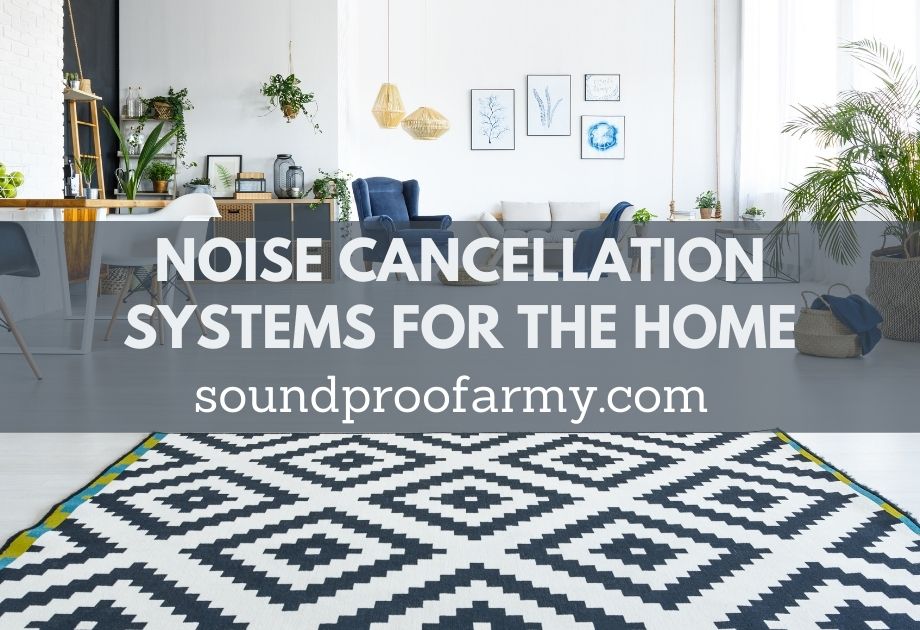

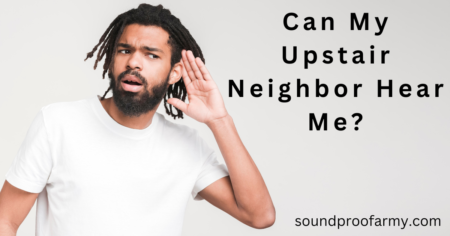
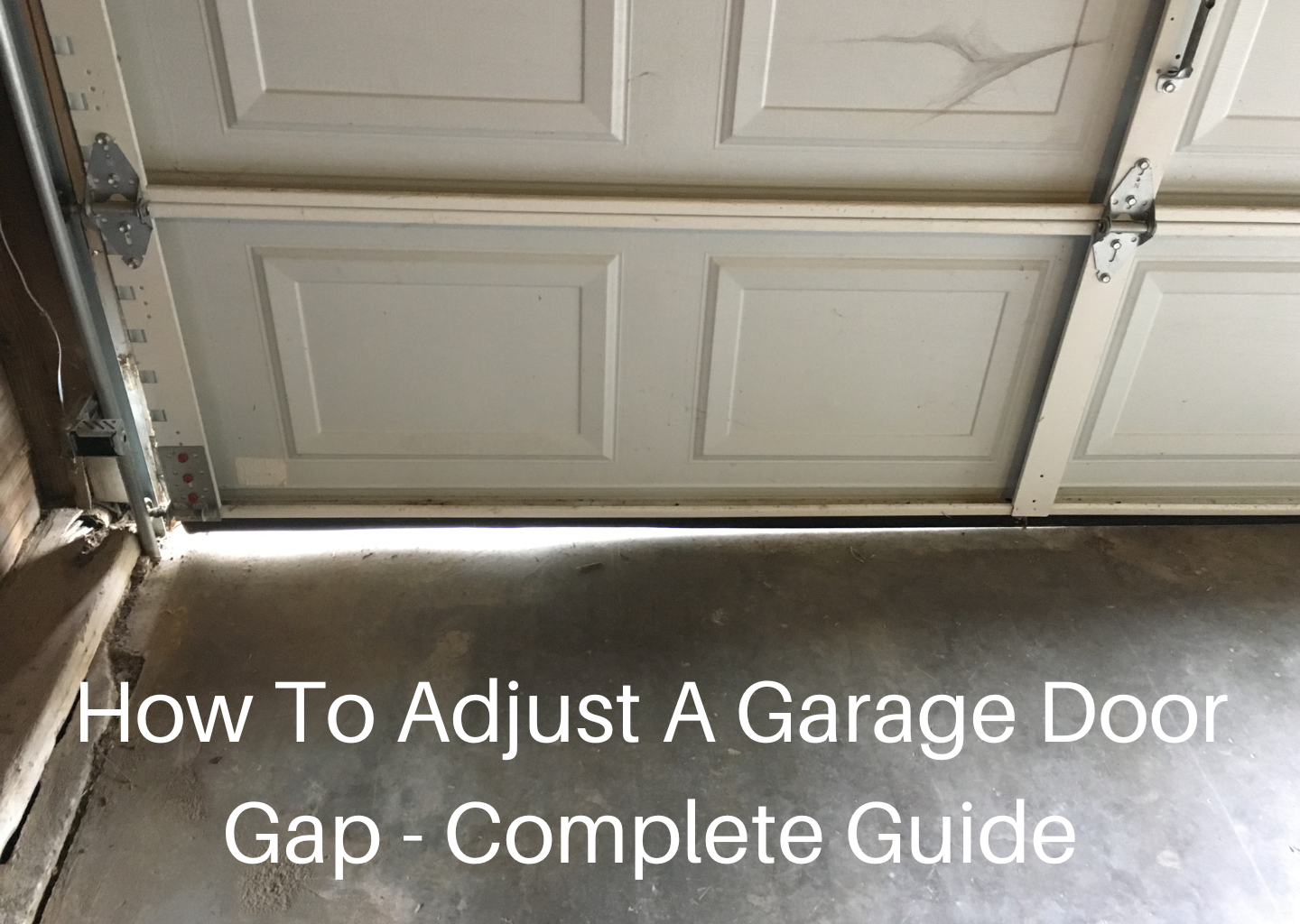
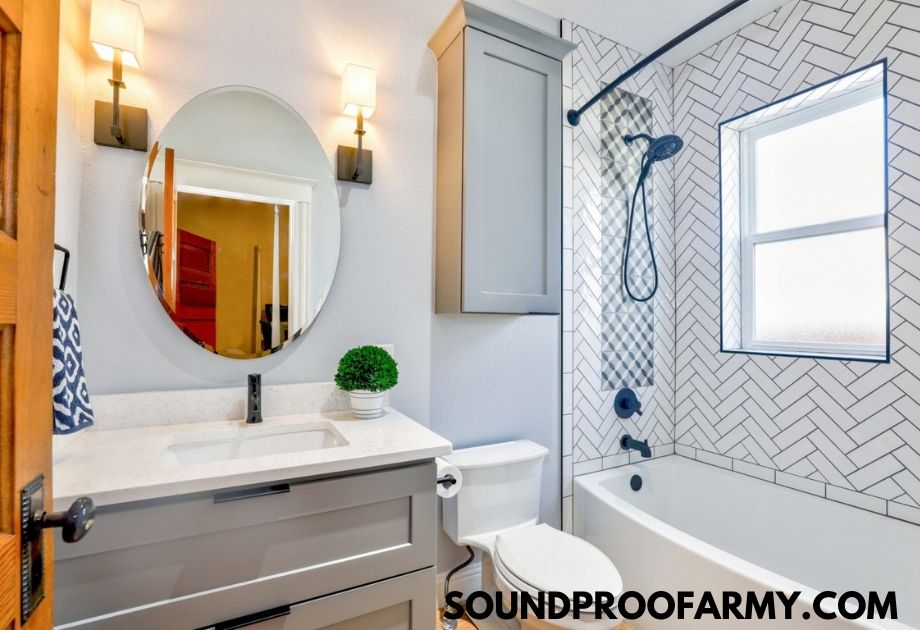
![How To Soundproof A Basement Ceiling Cheaply [9 Ways]](https://soundproofarmy.com/wp-content/uploads/2021/06/cheapest-ways-to-soundproof-basement-ceiling-Simple-DIY-Hacks.jpg)
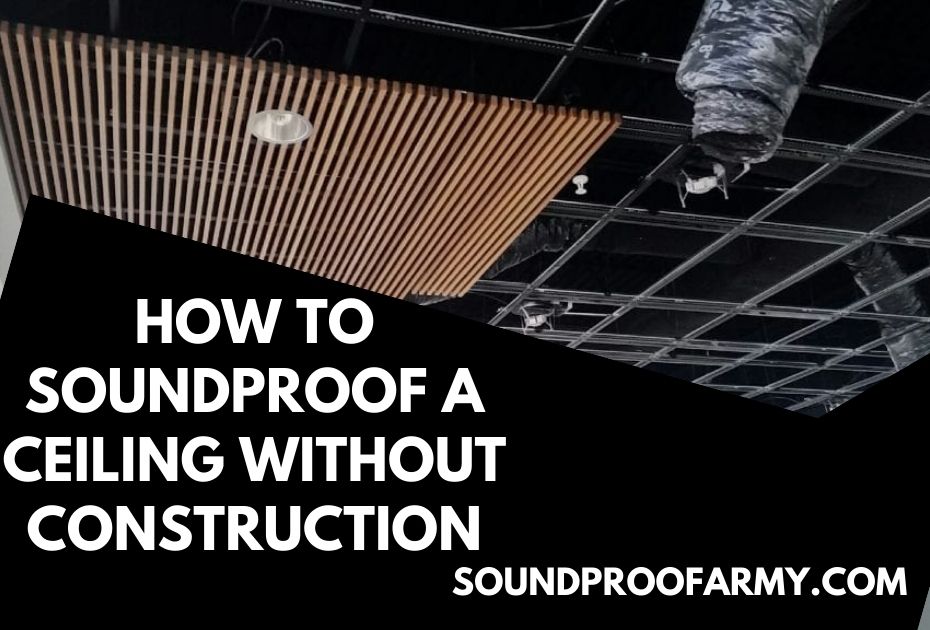
![How to Soundproof a Door with Household Items [14 Effective Ways]](https://soundproofarmy.com/wp-content/uploads/2021/07/How-to-Soundproof-a-Door-with-Household-Items.jpg)
